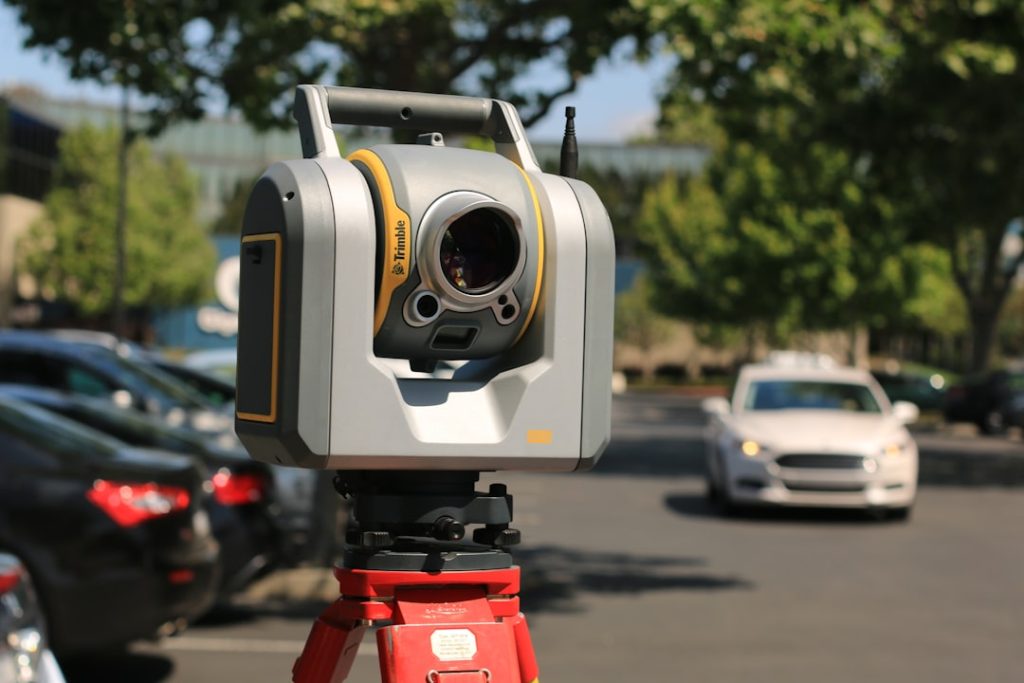Unlocking the Potential of 3D Scanning Lexington, SC
3D scanning in Lexington, SC has emerged as a powerful tool, transforming various industries by capturing the physical world and converting it into digital 3D models.
This innovative process offers unparalleled precision, efficiency, and creativity. Let’s explore the basics of 3D scanning and its wide-ranging applications.
How Does 3D Scanning Work?
3D scanning Lexington, SC involves utilizing specialized equipment to meticulously measure an object’s surface. This data is then processed by advanced software to generate a highly accurate digital representation. The resulting 3D model can be used for a multitude of purposes, including 3D printing, virtual reality, and computer-aided design (CAD).

Types of 3D Scanners
- Laser Scanners:
- Employ laser beams to measure the object’s surface.
- Known for their high accuracy and are ideal for industrial applications.
- Structured Light Scanners:
- Project patterns of light onto the object and capture the deformation with cameras.
- Faster than laser scanning and suitable for capturing detailed textures and colors.
- Photogrammetry:
- Involves taking multiple photographs of an object from different angles and stitching them together into a 3D model.
- Accessible and requires only a good camera and specialized software.
Applications of 3D Scanning
- Manufacturing and Quality Control:
- Ensure product quality and identify defects.
- Reverse engineer existing products.
- Healthcare:
- Create custom prosthetics, orthotics, and dental implants.
- Visualize medical data for improved diagnosis and treatment planning.
- Entertainment and Media:
- Develop realistic 3D characters and environments for movies, video games, and virtual reality.
- Preserve cultural heritage through digital documentation.
- Architecture and Construction:
- Design and visualize buildings and structures.
- Document historical sites and monuments.

Getting Started with 3D Scanning
- Research:
- Understand the different types of 3D scanners and their applications.
- Equipment:
- Invest in a 3D scanner that suits your needs and budget.
- Software:
- Choose appropriate software for processing and editing 3D scans.
- Practice:
- Start with simple objects and gradually move on to more complex projects.

Conclusion
3D scanning technology in Lexington, SC is rapidly evolving, opening up new possibilities in various fields. By understanding the fundamentals and exploring its applications, you can unlock the full potential of this innovative technology.


Comments are closed.